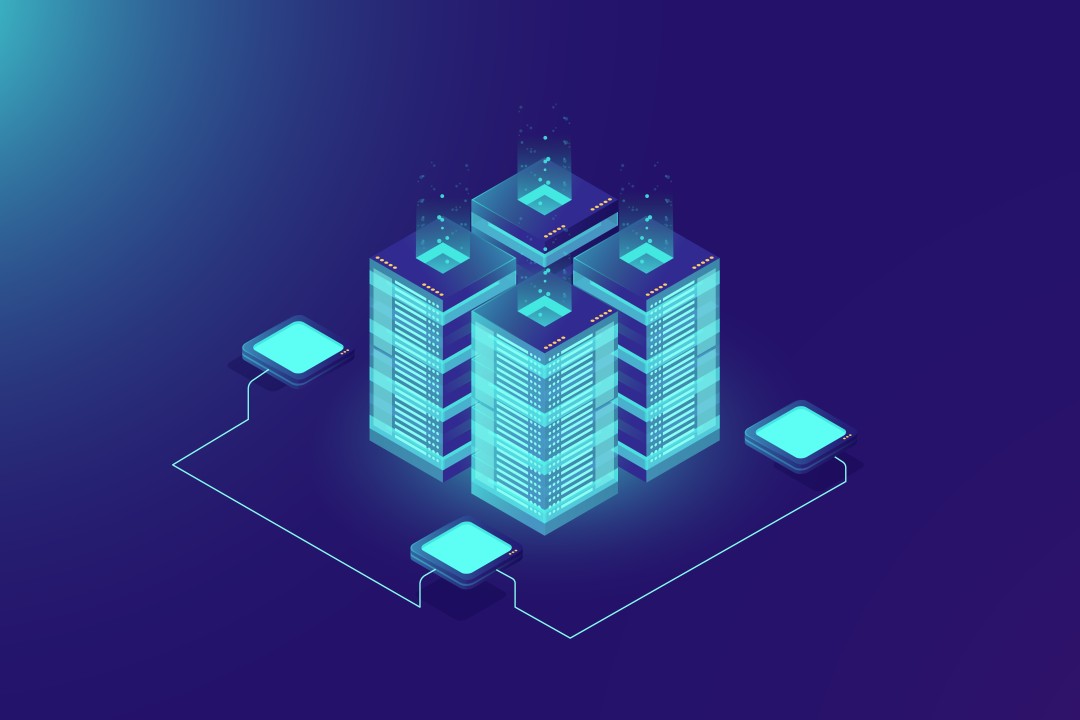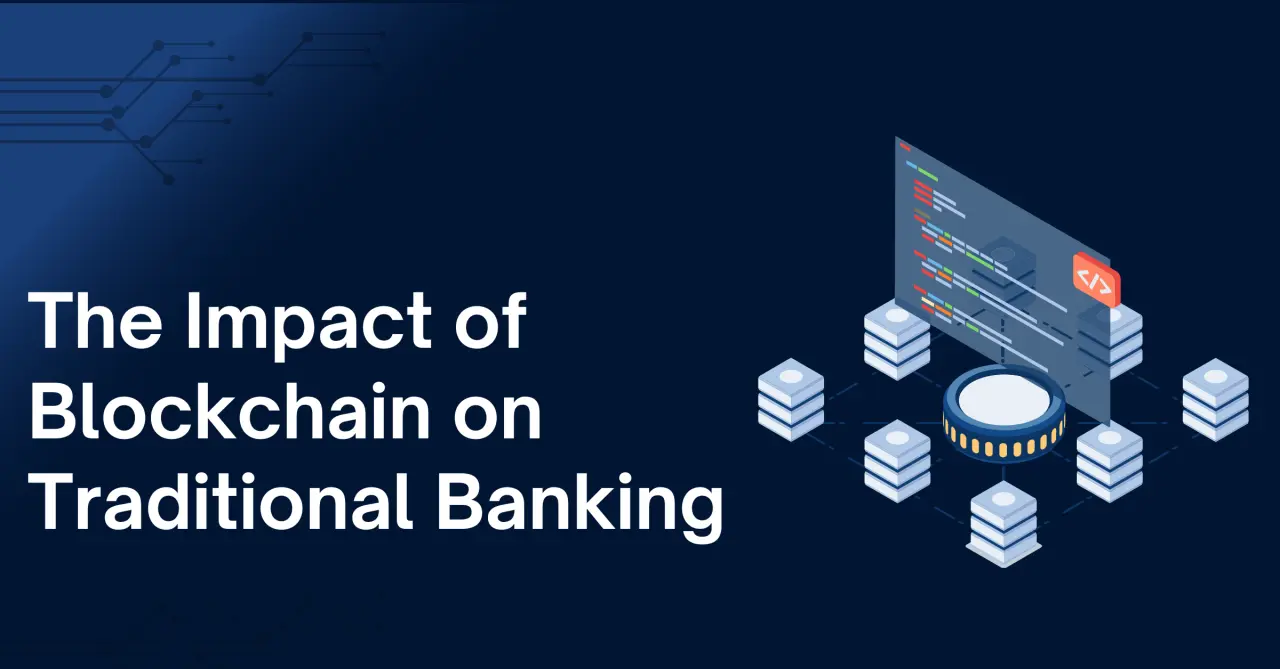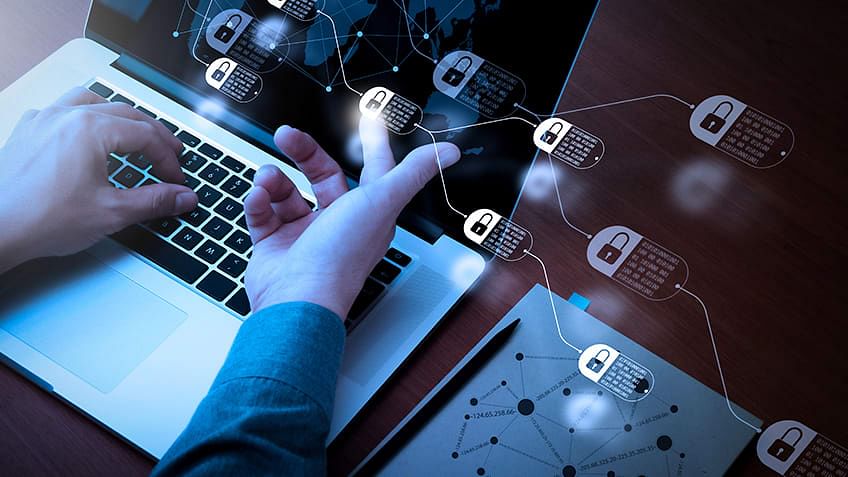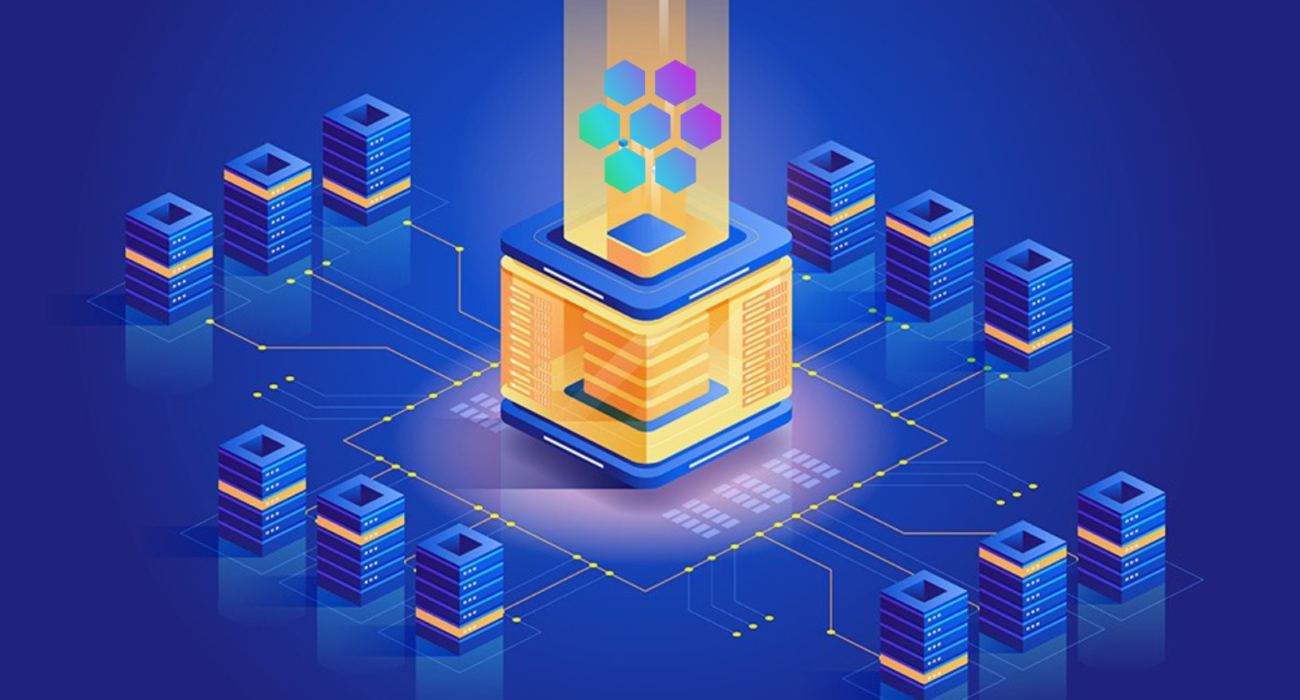In today’s rapidly evolving digital world, blockchain has emerged as a powerful technology driving change across various industries. From finance to supply chain management, blockchain offers a decentralized, transparent, and secure way of recording transactions. However, as blockchain adoption grows, so do the challenges, particularly in terms of security, efficiency, and scalability. Enter DePIN (Decentralized Physical Infrastructure Networks) – an innovative solution that is transforming how blockchain transactions are secured. In this blog, we’ll explore how DePIN is securing blockchain transactions efficiently and why this technology is vital for the future of blockchain.
What is DePIN?
Before diving into how DePIN is securing blockchain transactions efficiently, let’s start with a brief overview of what DePIN is. DePIN stands for Decentralized Physical Infrastructure Networks. It’s a system that connects blockchain with physical infrastructure, decentralizing control and distributing power across a network of users and devices.
Unlike traditional centralized networks, DePIN relies on peer-to-peer collaboration, meaning it’s not controlled by a single entity. This decentralized infrastructure offers greater security, transparency, and efficiency, making it an essential component in securing blockchain transactions.
Importance of Securing Blockchain Transactions
Blockchain’s decentralized nature inherently provides a high level of security, but it’s not foolproof. Transactions on a blockchain, particularly those involving cryptocurrencies, need additional layers of protection to guard against fraud, hacking, and system vulnerabilities. Ensuring that these transactions are secure, efficient, and fast is crucial to maintaining trust in the system. This is where DePIN secures blockchain transactions efficiently, providing a robust and scalable infrastructure that enhances the security of these transactions.
Whether it’s securing financial data, safeguarding personal information, or ensuring smart contracts are tamper-proof, DePIN plays a pivotal role in making blockchain transactions more secure and efficient.
Understanding DePIN and Blockchain Transactions
How Blockchain Transactions Work
At the heart of blockchain is the concept of decentralized, peer-to-peer networks. In a blockchain, transactions are recorded in blocks, and these blocks are linked (or “chained”) together in a sequence. Each transaction is verified by multiple nodes (computers in the network) before it is added to the blockchain, ensuring transparency and security.
However, as more transactions are processed, blockchain networks can become slower and more expensive due to the energy and computational power required. This is where DePIN secures blockchain transactions efficiently. By decentralizing the physical infrastructure that supports blockchain, DePIN enhances the speed, scalability, and cost-efficiency of transactions.
The Role of DePIN in Blockchain
DePIN enhances the way blockchain works by decentralizing the physical infrastructure supporting the network. This decentralized infrastructure includes devices, data centers, and other physical components that form the backbone of blockchain networks. When this infrastructure is decentralized, it distributes the workload across many participants, reducing the risk of a single point of failure and increasing the overall efficiency of the system.
This is why DePIN is securing blockchain transactions efficiently – it strengthens the physical layer of blockchain, improving both security and performance.
Security Challenges in Traditional Blockchain Transactions
Vulnerabilities in Blockchain
While blockchain is designed to be secure, it’s not without its challenges. Traditional blockchain networks face several vulnerabilities, including:
- 51% Attacks: This occurs when a single entity or group controls more than 50% of the network’s mining power, allowing them to manipulate transactions and block confirmations.
- Hacks and Exploits: Blockchain exchanges, wallets, and smart contracts have been the target of hacking attempts, resulting in stolen funds and sensitive data breaches.
- Insufficient Decentralization: Some blockchains, despite being decentralized in theory, have nodes controlled by a small group of entities, creating centralization risks.
DePIN addresses these challenges by providing a more robust and truly decentralized infrastructure. DePIN secures blockchain transactions efficiently by distributing the control and ensuring no single entity can compromise the network’s integrity.
Scalability and Efficiency Issues
Another significant challenge with traditional blockchain transactions is scalability. As the number of users and transactions grows, blockchain networks can become congested, leading to higher transaction fees and slower processing times. This affects the overall efficiency of blockchain operations, especially in high-demand situations.
However, DePIN secures blockchain transactions efficiently by distributing the physical infrastructure that processes these transactions, allowing the network to handle higher volumes with greater speed and lower costs.
How DePIN Secures Blockchain Transactions Efficiently
Decentralized Infrastructure for Enhanced Security
One of the key reasons DePIN secures blockchain transactions efficiently is its decentralized infrastructure. DePIN spreads control and decision-making across multiple participants, eliminating the reliance on a single centralized authority. This decentralized setup significantly reduces the risk of malicious attacks, fraud, and network manipulation.
By decentralizing the physical infrastructure, DePIN enhances the overall security of blockchain transactions. Even if one part of the network is compromised, the system as a whole remains secure.
Optimizing Transaction Speed and Cost
In addition to security, DePIN secures blockchain transactions efficiently by optimizing transaction speed and cost. Traditional blockchains, especially during periods of high network traffic, can suffer from slow transaction times and high fees. DePIN’s decentralized infrastructure helps solve these issues by distributing the computational load across a wider network, increasing transaction throughput and reducing bottlenecks.
As a result, users can experience faster transaction times and lower fees, making blockchain a more viable option for real-time applications such as financial transactions, supply chain management, and decentralized applications (dApps).
Preventing Fraud and Attacks
Another major advantage of DePIN securing blockchain transactions efficiently is its ability to prevent fraud and attacks. With a decentralized physical network, the chances of a single point of failure are significantly reduced. This makes it more difficult for attackers to manipulate the system, launch DDoS attacks, or steal sensitive information.
DePIN also enhances blockchain’s inherent transparency, as every participant in the network can verify and validate transactions. This further strengthens the security of the network, ensuring that DePIN secures blockchain transactions efficiently by making fraud nearly impossible.
Real-World Applications of DePIN in Blockchain Security
DePIN in Financial Services
One of the most impactful applications of DePIN securing blockchain transactions efficiently is in the financial services sector. Financial institutions and cryptocurrency exchanges can leverage DePIN’s decentralized infrastructure to secure transactions, reduce costs, and improve transaction speed. Whether it’s cross-border payments or decentralized finance (DeFi), DePIN plays a crucial role in making financial transactions more secure and efficient.
DePIN for Decentralized Applications (dApps)
Decentralized applications (dApps) rely on smart contracts to execute transactions automatically. However, these contracts are only as secure as the network they run on. With DePIN securing blockchain transactions efficiently, dApp developers can build and deploy applications with the confidence that their transactions are protected from attacks and fraud. DePIN enhances both the security and scalability of dApps, making it a key enabler of the decentralized future.
Supply Chain and IoT
The use of blockchain in supply chain management and the Internet of Things (IoT) is growing rapidly. From tracking goods to securing data from connected devices, blockchain has proven to be a valuable tool. However, the complexity and scale of supply chains and IoT networks require a robust infrastructure to ensure security and efficiency. This is where DePIN secures blockchain transactions efficiently, offering the scalability and security needed to support these applications.
Future of Blockchain Security with DePIN
Continuous Improvements in Security
As blockchain continues to evolve, so too will its security requirements. DePIN is constantly evolving, addressing new challenges and vulnerabilities as they arise. Whether it’s adapting to new forms of cyber-attacks or improving transaction scalability, DePIN will continue to secure blockchain transactions efficiently well into the future.
DePIN’s Role in Next-Generation Blockchain Networks
The future of blockchain security lies in the seamless integration of decentralized physical infrastructure with blockchain technology. As DePIN networks grow, they will play an increasingly important role in securing next-generation blockchain networks, ensuring that transactions are faster, more cost-effective, and even more secure than they are today.
Conclusion
In conclusion, DePIN secures blockchain transactions efficiently by decentralizing the physical infrastructure that supports blockchain networks. This decentralized approach enhances security, optimizes transaction speed, and reduces costs, making DePIN a crucial component of the future blockchain ecosystem. From financial services to decentralized applications and supply chain management, DePIN is paving the way for a more secure and efficient blockchain future.
As blockchain adoption grows, so will the demand for secure and scalable solutions like DePIN. By integrating DePIN, blockchain networks can unlock their full potential, delivering the speed, efficiency, and security needed to thrive in the digital age.

 China
China Russia
Russia India
India









